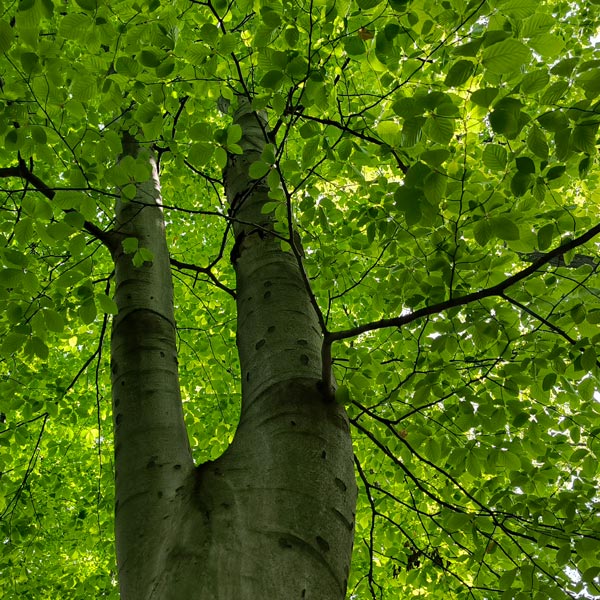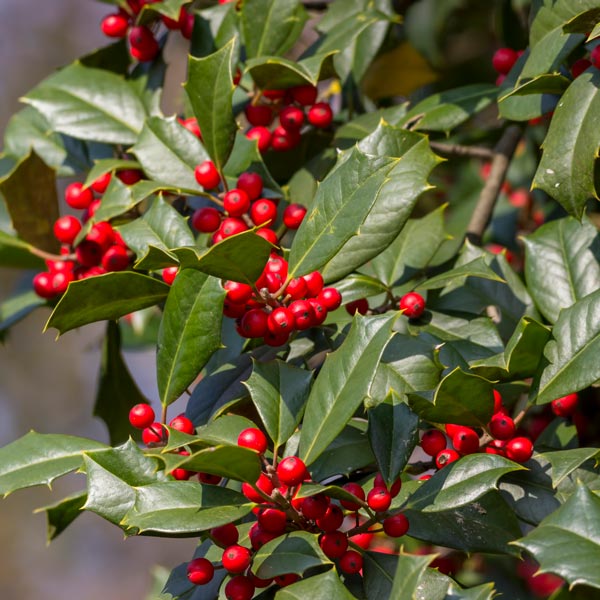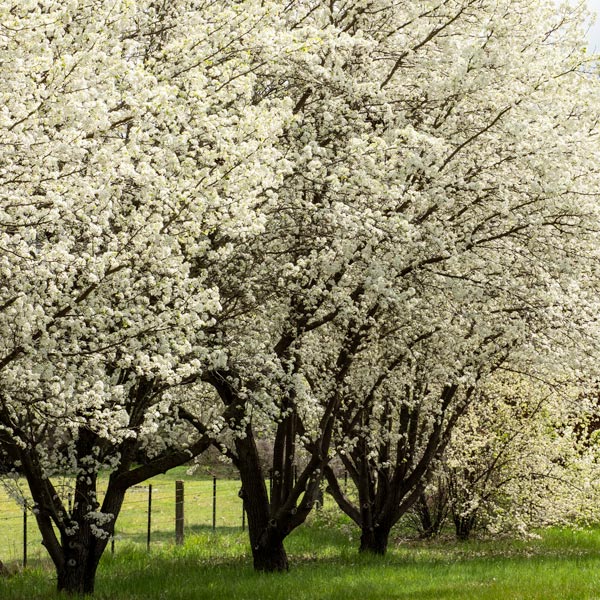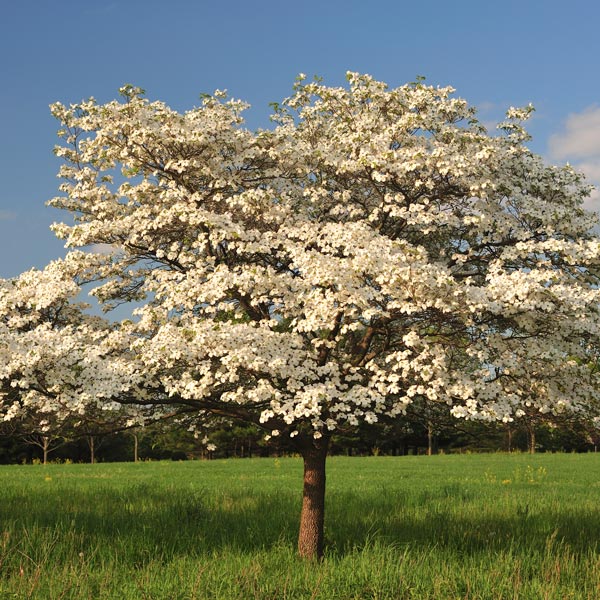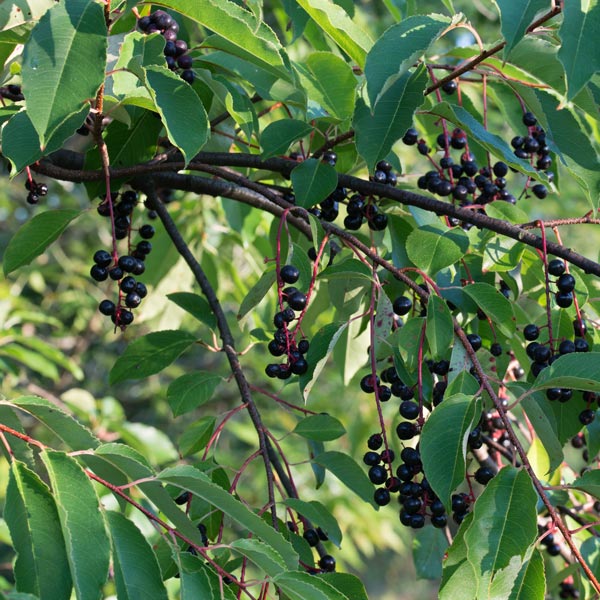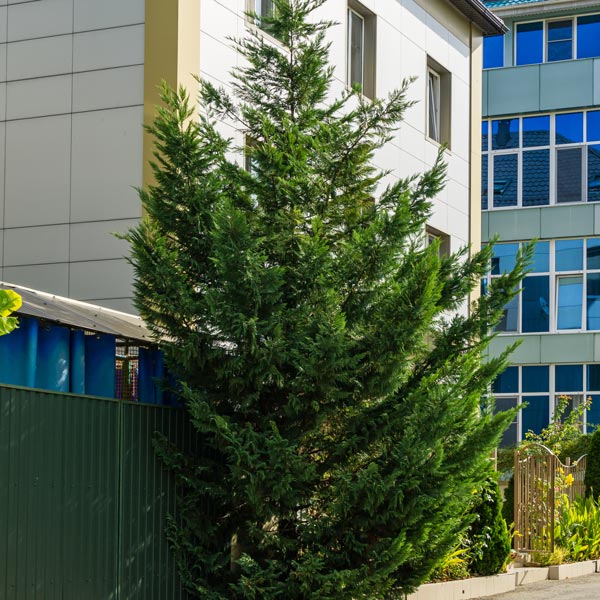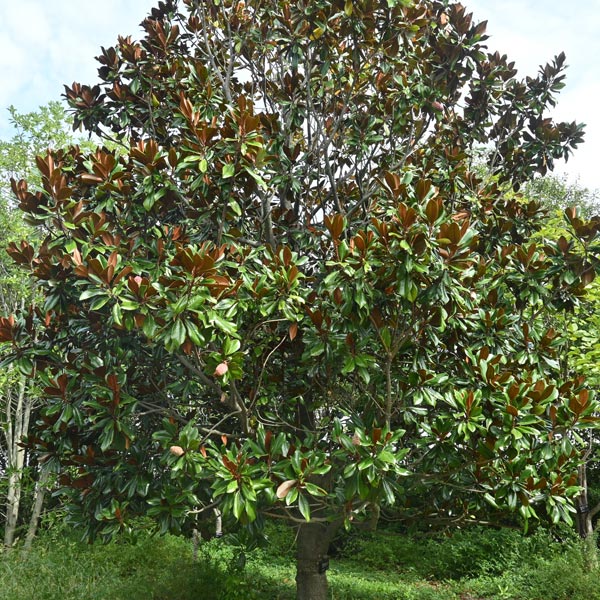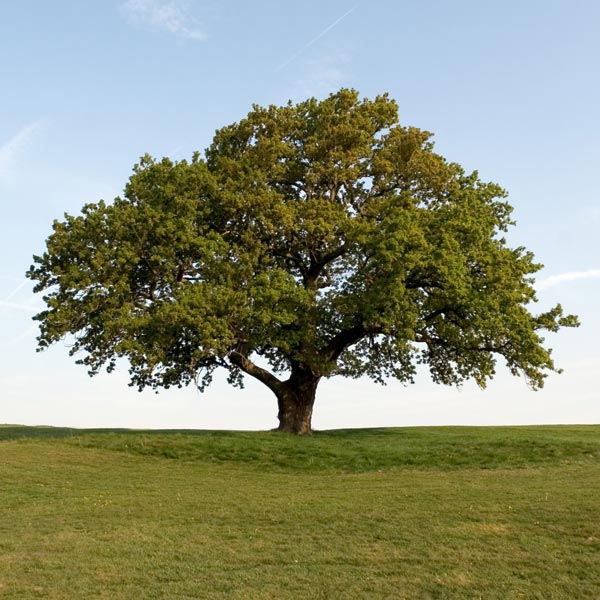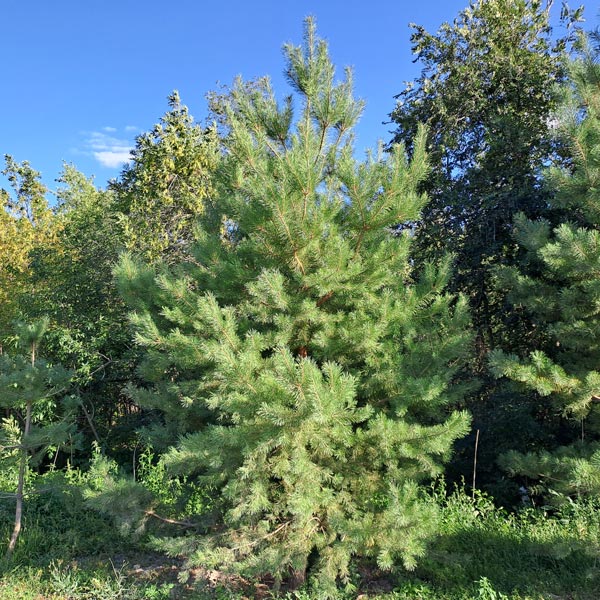Honey Fungus Armillaria Mellea Identification at the Base of Oak & Other Trees in McDonough, GA
Mushrooms have been a long time yard ornament in many yards. They are mystical and adorable in the right setting. When you find them growing around the base of your tree, they aren’t so adorable. These mushrooms can mean problems for your beloved tree and are a sign of fungus. Honey fungus is one that people find around the base of their tree quite often. Milam’s Tree Service is here to talk about honey fungus and what it means for your tree, along with how to potentially get rid of it.
Honey Fungus Commonly Found at the Base of Oak Trees
While honey fungus infects several trees and plants, it particularly likes oak trees. If you think you can breathe easy because you don’t have oak trees in your yard, you would be mistaken. There are fruit trees, and other hedge plants as well as birch trees that fall victim to honey fungus all the time.
Honey Fungus Armillaria Mellea Identification
It is easiest to identify honey fungus when you see the mushrooms growing in a cluster at the base of your tree. They have a white ring around their stem that is easy to identify, and at the height of the season, they also have flat tops. Honey fungus gets its name because of the sweet smell they emit. You usually can count on seeing honey fungus toward the end of the summer season and during the fall season. There are other signs that you can look for on your tree that indicate you have a honey fungus problem.
• Leaves that fall off the tree prematurely, before the fall season.
• Leaves that aren’t vibrant and are smaller than normal.
• Fruit or flowers that are growing abundantly in an abnormally concentrated way.
• Visually finding white fungus under the bark that has a distinct mushroom smell.
Honey Fungus Is Usually Untreatable
Unfortunately, when you find honey fungus at the base of your tree, it is untreatable. This fungus starts to attack the roots and works until they are dead. This puts your tree at a great risk of falling. As this fungus eats away at the roots, the tree becomes less and less stable until it has the real potential of breaking at the base and falling. The most difficult characteristic of honey fungus is the fact that it spreads underground. The best option is to remove the infected tree and other plants so the infection doesn’t spread.
Preventing Honey Fungus
Because treating honey fungus is so difficult, you are far better off preventing it in the first place. One of the keys to avoiding this fungus is to avoid over watering. Always make sure the roots of your trees are protected and that you are clipping any dead or diseased branches from your tree.
Tree Services in McDonough, Jackson, Jonesboro, Fayetteville & Hampton GA | Fayette, Clayton & Henry Counties in Central Georgia
If you find that your tree has fallen victim to honey fungus, it is important that you get the tree inspected to ensure it is safe and not at risk of falling. In the case that the tree has sustained irreparable damage, removal is key to ensuring safety. Milam’s Tree Service can assist in inspecting and downing any diseased trees you may have on your property. Call us today!

